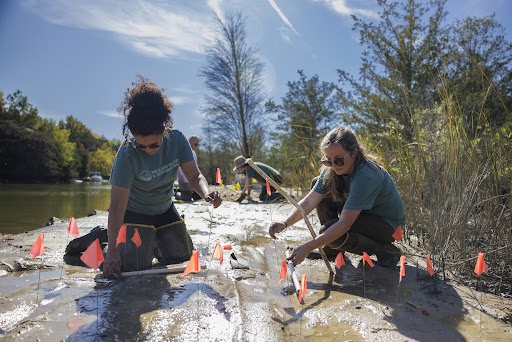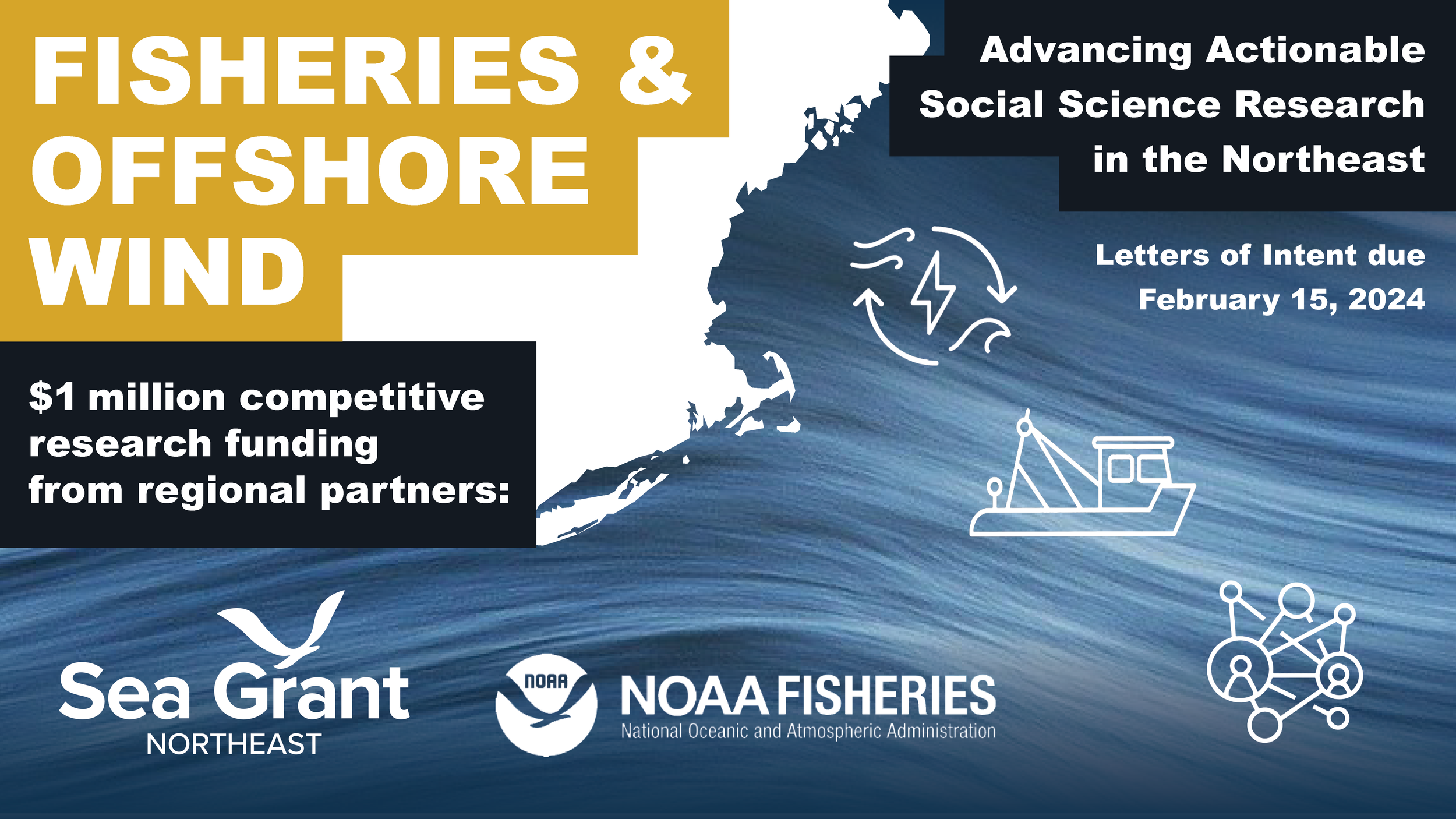Maryland Sea Grant
Communities on the Delmarva Peninsula, which encompasses parts of Delaware, Maryland, and Virginia, are undergoing rapid growth. That development has been linked to declining water quality in the numerous small bays that lie along the peninsula’s Atlantic Coast. Local officials, however, have relatively little access to information and resources to determine how government decisions regulating land use might affect the health of these coastal bays.
To meet this need, Maryland Sea Grant supported a research project to develop a Nutrient Loading Model for the Delmarva Peninsula. Other collaborators and funders on the effort included Sea Grant programs in Delaware and Virginia.
The modeling tool, completed in 2014, provides an easy-to-use, online platform for county planners to project how various growth scenarios, such as land use policies and shifting agricultural practices, might impact water quality in the coastal bays. A separate model developed by the team illustrates the effects of nutrient loading on populations of submerged aquatic vegetation (SAV) in the same bays. This model presents effects from changing climate conditions, such as increasing water temperatures.
In 2014, the three Sea Grant programs sponsored two workshops for federal, state, and county planners working on the peninsula to train them to use the tool. The research team elicited feedback on how the tool could be improved and used this guidance to refine their models to better meet the needs of communities on the Delmarva Peninsula. The Chesapeake Bay Program’s Submerged Aquatic Vegetation Work Group is using the scientists’ findings in a new strategy document for SAV restoration.


